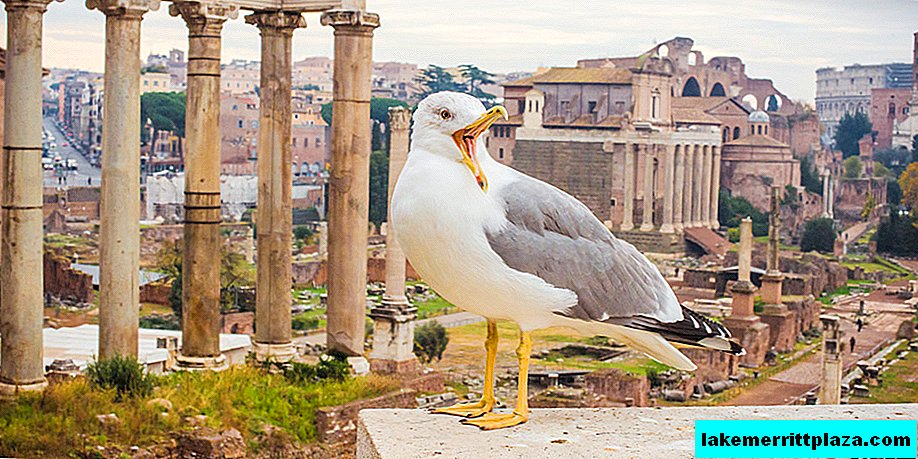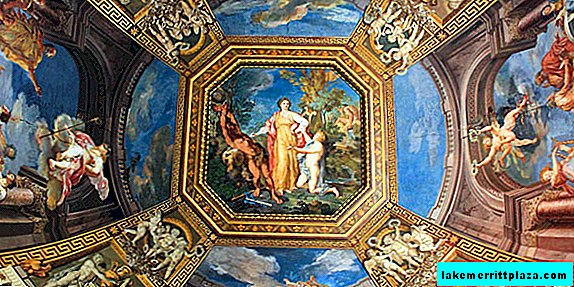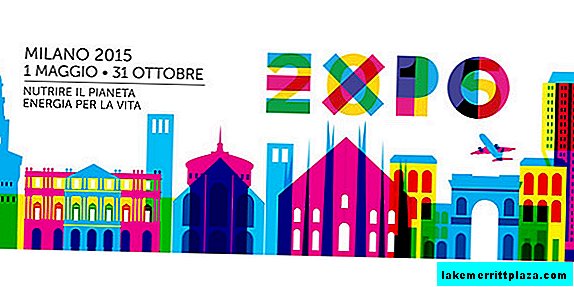One of the main attractions of Florence can safely be called the Ponte Vecchio bridge (Ponte Vecchio), which is translated from Italian as "Old Bridge". This is not just a ferry from one bank of Arno to the other, but also a unique architectural monument that has not changed much since the 14th century.
Story
The reason for the construction of the bridge in this place is the minimum width of the Arno River. And from time immemorial in this place there was a ford, later replaced by a bridge. The first on the site of modern Ponte Vecchio in the era of the ancient Romans was built a bridge on stone piles with wooden superstructures. He was able to survive even the fall of the Roman Empire, but could not withstand the destructive power of the water that overflowed the banks, and collapsed in 1117. The restored bridge was built entirely of stone. However, he could not contain the violence of the elements. In 1333, severe flooding left only a couple of central piles in place.
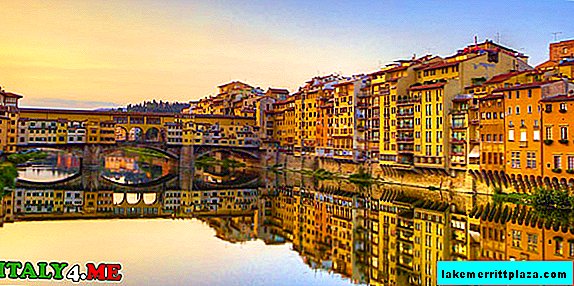
The bridge in the form that is familiar to us was built in 1345 according to the project of Neri di Foravanti. The architect changed the outline of the bridge, creating a solid and at the same time not without grace design, consisting of three arches. The length of the central arch is 30 meters, and the side ones are 27 meters.
In the middle of the 15th century, it was decided to free the streets of Florence from the stench arising from the meat trade. As a result, all butcher shops moved to the Old Bridge, and turned it into a medieval butcher's supermarket. However, there were much more butchers in the city than the length of the bridge allowed. And then the extension of additional shops began, which protruded from both sides of the bridge, hovering above the water.
And literally a hundred years later, the masters came to the place of the butchers, and by the beginning of the 17th century the bridge got its middle name - Golden Bridge. In the center of the building are interrupted, forming two open panoramic platforms with a view of the river.

In 1556, the architect Giorgio Vasari (Giorgio Vasari), by order of the Duke, designed an unusual structure. It was a kilometer-long corridor that passed over the bridge and the buildings on it, which later received the name of the author. The ruler was free to move along it from the Palazzo Vecchio, where he worked, to the Palazzo Pitti, where he lived. And thanks to special dormer-windows, he had the opportunity to monitor the situation in the city.
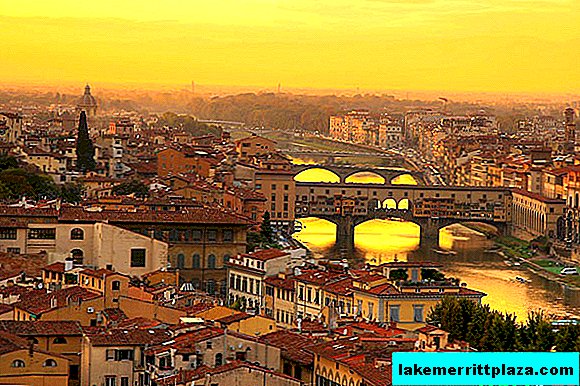
In 1938, Adolf Hitler visited Florence. By his arrival in the central part of Ponte Vecchio, a panoramic panoramic platform with large windows was equipped. From it one could admire a picturesque view of the river and other city bridges. During World War II, the life of the bridge was in jeopardy during the retreat of the German army. By this time, the rest of the bridges of Florence were destroyed. Some suggest that it was Hitler himself who ordered the preservation of this bridge, while others are inclined to the heroic feat of the resistance fighters, who managed to recapture the last crossing. But be that as it may, Ponte Vecchio survived.

Despite the fact that the construction of the bridge has proved its strength over the centuries, in 1966 a severe Florentine flood was able to cause significant damage to it. The element hit the city. Water rose to the very windows and with devastating force smashed shop windows, taking the debris further downstream. Jewelry stores were hit hard, but the bridge survived.
The west side of the bridge is famous for the bust of Benvenuto Cellini (Benvenuto Cellini) - a famous artist and jeweler. The bust was created by Raphael Romanelli and was installed in May 1901.
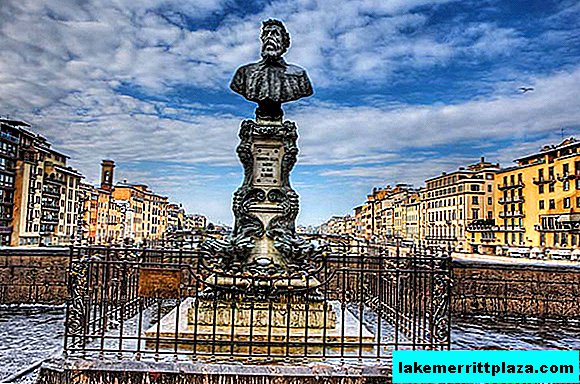
Residents of Florence and guests of the city adapted the fence around the sculpture for the so-called "locks of love". The tradition appeared relatively recently, thanks to the initiative of the owner of the castle store, located at the end of the bridge. Lovers, coming to the bridge, acquire a lock, hang it on the bridge and lock it with a key, which they throw into the river, which should symbolize eternal love. Such customs are an example of how mass tourism can negatively affect historical values. Authorities regularly had to remove thousands of closed castles, as they damaged the structure of the ancient bridge.

To preserve the cultural value of the city was introduced 50 euro fine for every new castle of love. And then their number dropped sharply.
Our days

Until 1957, there were only six bridges in Florence. Today there are already ten of them. Nine of them were repeatedly reconstructed and rebuilt, especially after the war. And only Ponte Vecchio survived almost in its original form from the Middle Ages to the present day. A lot of shops are also concentrated on the Golden Bridge, offering customers a variety of products, including products from gold, platinum and precious stones. There are always a lot of people who want to see this variety. But not everyone can buy something from the presented assortment.

Kodidor Vasari is closed for visiting today. The only key to this unique place is kept by the mysterious man Roberto Zanieri, who is not very keen on letting outsiders there. If you were lucky enough to get into the coveted corridor, then you could see the largest collection of self-portraits. And this is not counting the rest of the paintings and murals present in it.
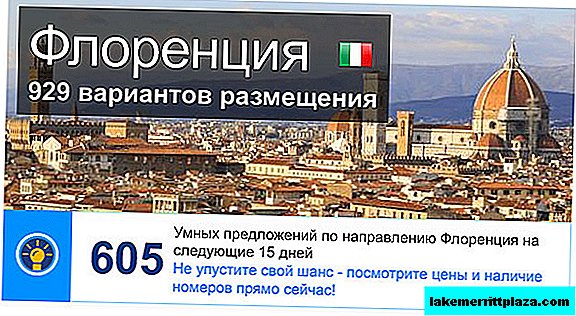
As well as the Cathedral of Florence, Santa Maria del Fiore, the medieval Old Bridge is the most striking symbol of the city. But, if after visiting the bridge, you could not appreciate its appearance in the daytime, be sure to return to the embankment after sunset. His night look will definitely not leave you indifferent.


